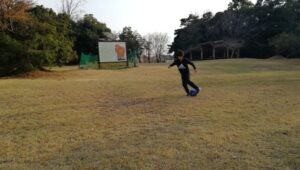Is Soba Anything to Do with Nagano’s Secret to Longevity?
Get the Japanese Superfood List
In the last post, I shared this video with you.
In the video, I said Nagano Prefecture is famous for Soba, and it has the best Soba called Shinsyu Soba. Shinsyu is the old name of Nagano, just like Omi is the old name of Shiga. Each prefecture has an old name, and often the old name is used as an adjective to describe a thing related to that region. For example, Omi-merchants are merchants from Shiga, and Omi-Gyu is beef from Shiga. So Shinsyu Soba means Nagano Soba. By the way, Sanuki Udon served at Marugame Udon restaurants means Kagawa Udon because Sanuki is the old name of Kagawa Prefecture in the Shikoku Region.
You must have heard of Nagano, because I often talk about it, and I have even made a video on it.
Yes, Nagano is the longevity capital; it has been ranked at the top of the national life expectancy rankings many times.
That makes us wonder if Soba is anything to do with Nagano’s secret to longevity.
Soba does have some health benefits other than the fact that it isn’t wheat. It has two or three times as much vitamin B1 and B2 as those of rice and wheat. It has three times as much protein as white rice. It contains catechin, which is known as a polyphenol in green tea.
Nevertheless, I haven’t heard about Soba being Nagano’s secret to longevity, and I didn’t include it in the seven longevity secrets of Nagano in the video above.
Yet, the fact that Soba is grown in Nagano is significant. Buckwheat is grown in a cold climate, and it is grown the most in Hokkaido and the second most in Nagano in Japan. Nagano has a cold climate because of its elevation. Most of the land in Nagano is located over 600 meters above sea level, and this itself has a longevity benefit that I described in the video.
What are the seven secrets, then? Please watch the video.

